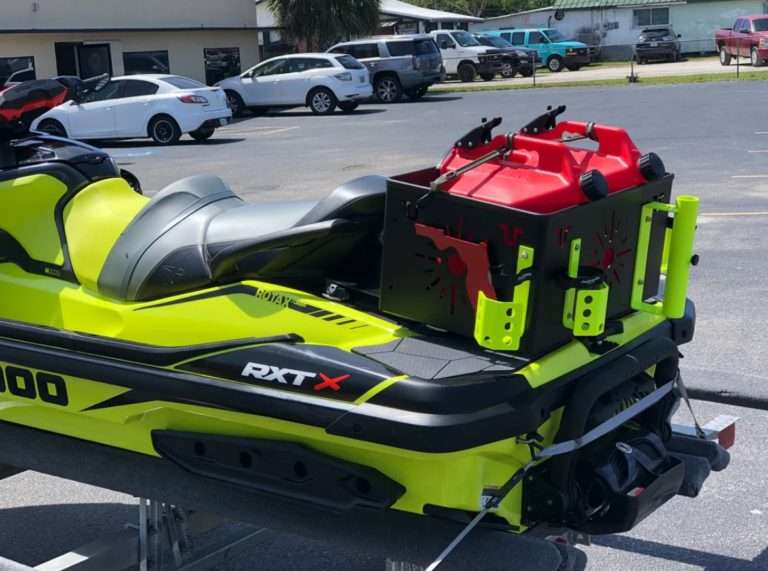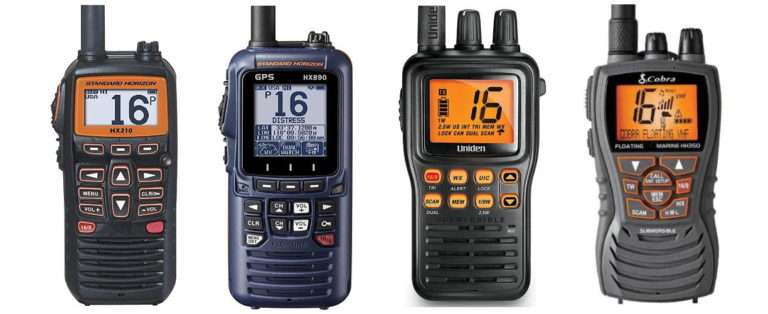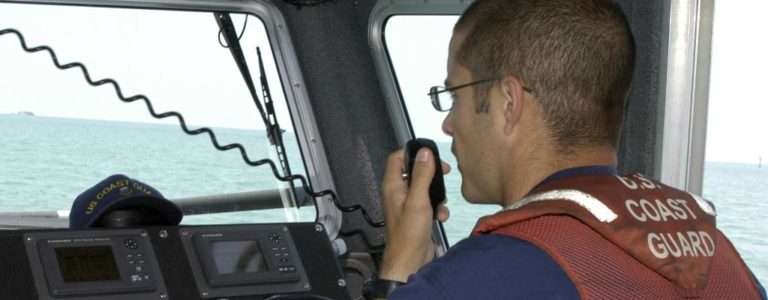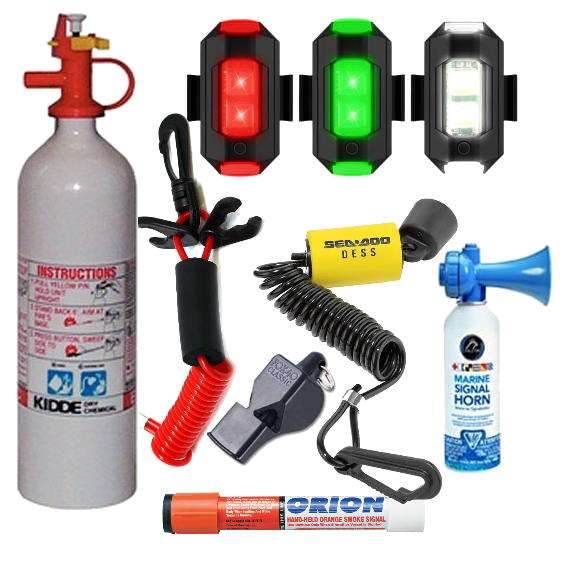Explore the art of anchoring for a Bimini jet ski adventure in this essential guide. We delve into the right anchors for both shallow and deep waters, anchoring strategies for popular snorkeling sites and Bimini beaches, and tips to optimize safety. Whether you’re a seasoned jet ski enthusiast or a Bimini first-timer, understanding the nuances of anchoring in this tropical paradise enhances your experience on the water.
In the following sections, we delve into the technicalities of various types of anchors suitable for different Bimini environments. By examining their design, functionality, and ideal use cases, you’ll gain a comprehensive understanding of what anchors to use and when.
anchoring in deep water

Secure anchoring at Bimini’s snorkeling spots is vital. Let’s delve into the specifics for a couple of the famous sites.
Sapona
Sapona, a popular shipwreck site in 15 feet of water, not only presents the challenge of a mixed sand and rock seabed, but also the difficulty of navigating an often crowded anchoring area. Given these complexities and the exposure to changing wind and wave conditions, it’s crucial to set your open water anchor properly for secure mooring. If possible, consider tying onto another boat, particularly during turbulent sea conditions, to ensure safety while avoiding any accidental boat-to-boat contact.
Rainbow Reef & Bimini Road
Anchoring effectively is fundamental when exploring deeper snorkeling sites like Rainbow Reef and Bimini Road. The seabeds at these locations feature a mix of rock and sand, which necessitate the use of deep water anchors. Adequate rope length, usually around 5-7 times the depth of water, and possibly a chain, is required to set a secure anchor in these depths. Proper preparation and setup will enhance your snorkeling experience at these captivating underwater landscapes.
Deep Water Anchors
In Bimini’s deeper waters, the seabed often comprises a blend of sand and rocks, requiring a different kind of anchor. Suitable options include:
Plow Anchors
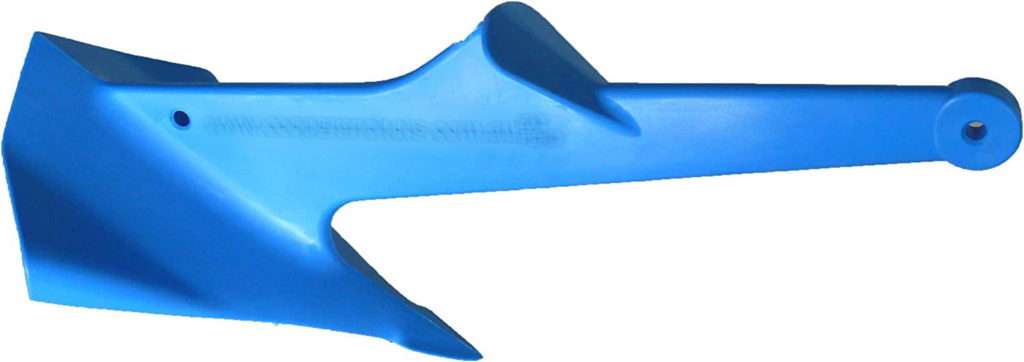
Known for their exceptional grip, plow anchors, as their name suggests, plow into diverse seabeds with great force, making them a trustworthy option for anchoring in conditions with firm sand and mud.
Fluke Anchors
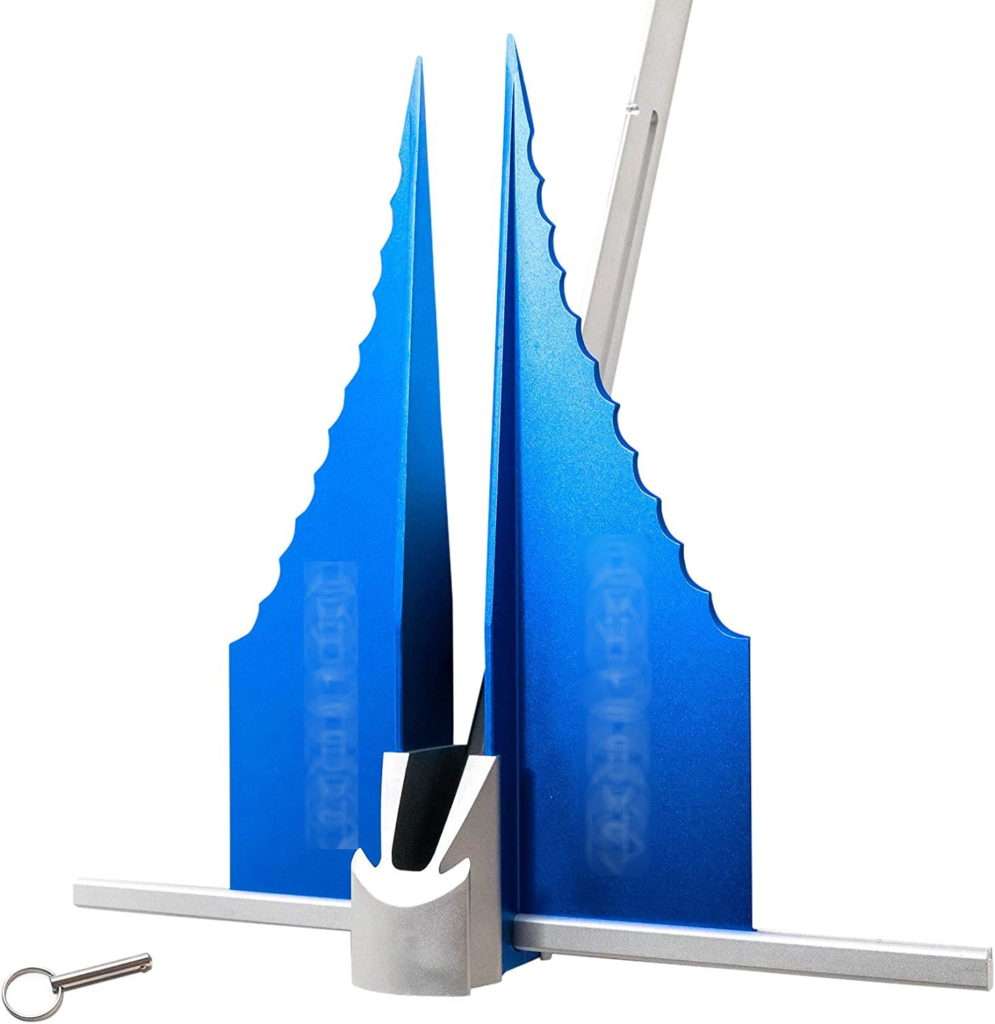
Renowned for their light weight and compact design, fluke anchors are specifically engineered for smaller vessels. Despite their size, they boast impressive holding power in sandy or muddy conditions.
Bruce Anchors
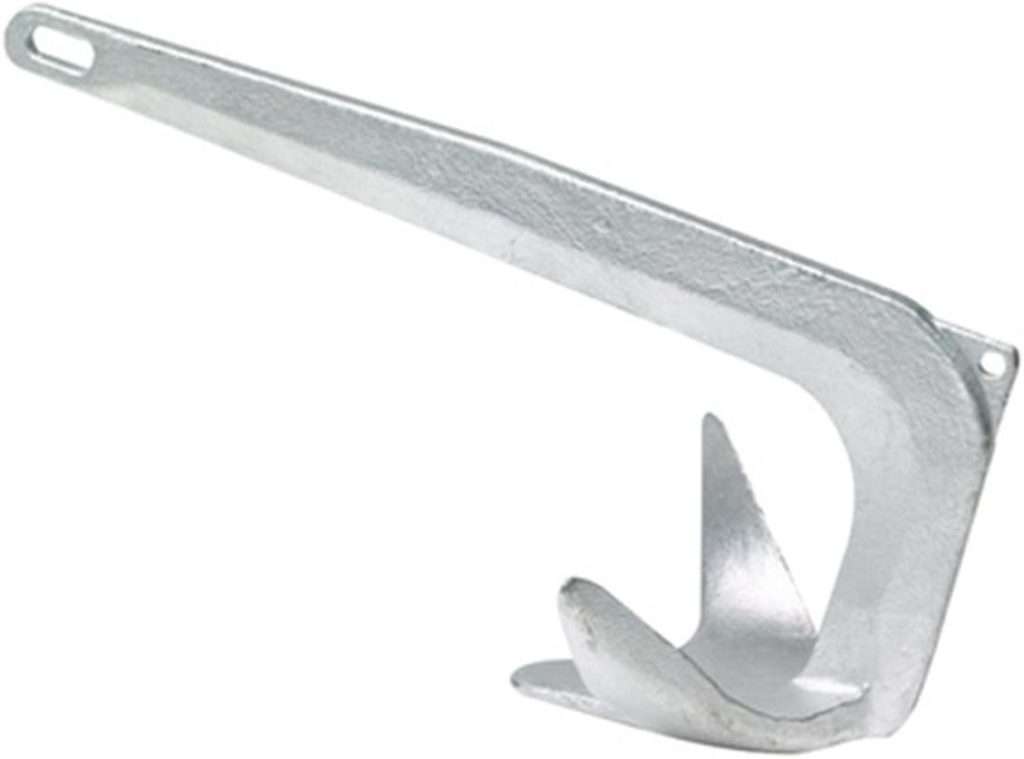
Bruce anchors are an optimal choice when anchoring in varying conditions. Whether it’s sand, mud, or rocky terrains, Bruce anchors provide a solid hold, ensuring your watercraft’s stability.
Box Anchor
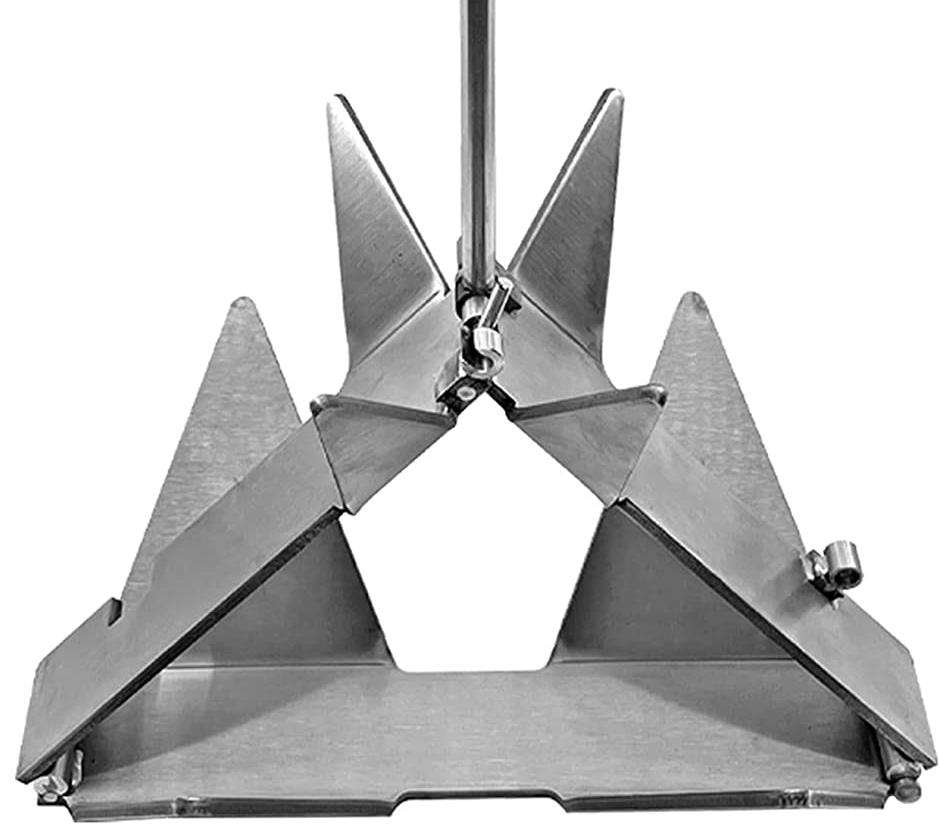
Offering versatility and ease of use, box anchors stand out due to their unique attribute of requiring no chain. They perform well across a variety of seabed conditions, giving them a universal appeal among mariners.
Other considerations for deep water
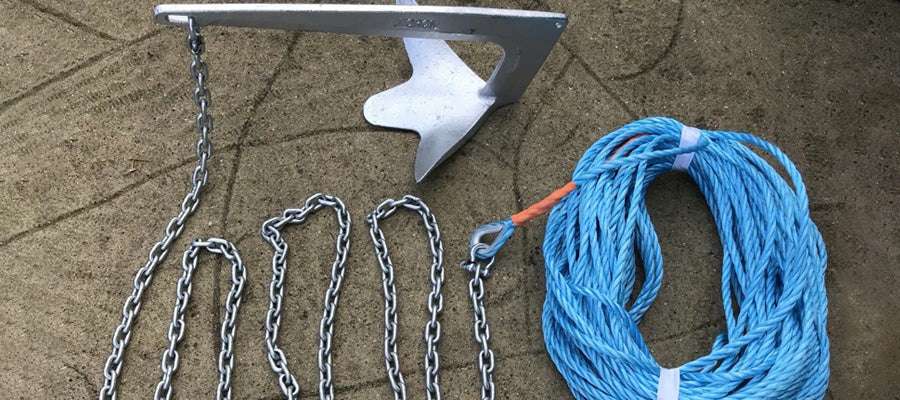
Rope
When anchoring in deep waters, it’s crucial to use an adequate length of rope with your deep water anchor. A common rule of thumb is to have a rope length about 5-7 times the depth of the water. This guideline ensures a secure hold and sufficient slack to accommodate shifting tides and currents.
Chain
In addition to having the right rope length, incorporating a chain into your anchoring setup can significantly improve stability, particularly in mixed sand and rocky conditions. Some common attachment configurations include anchor-chain-rope, anchor-short rope-chain-rope, or anchor-chain /w ziptie-rope (reef setup). To achieve optimal anchoring, it’s vital to adhere to the manufacturer’s guidelines for attaching the rope and chain to the anchor. Following these guidelines will not only enhance the effectiveness of your setup but also ensure a more secure and reliable anchoring experience.
Anchoring at the beach

Anchoring at Bimini’s scenic beaches, including popular spots like Radio Beach and Honeymoon Harbor, involves more than simply driving your shallow anchor into the sand. The nature of the beaches and the specific conditions on any given day will greatly influence your anchoring strategy.
At these picturesque beach destinations, a two-anchor strategy is often the best approach. A spike or auger anchor will secure your jet ski to the beach, offering a firm hold in the soft sand. On the water side, deploying a deep water anchor off the opposite side of your jet ski can provide additional stability. This approach is especially useful when space is at a premium due to crowds, helping to ensure that your watercraft stays exactly where you left it.
If the beach has strong waves, it might be safer to use your deep water anchor further from the shore, beyond the crashing surf. This strategy may involve more swimming or wading, but it will keep your watercraft safe.
Shallow Water Anchors
In the shallow waters of Bimini’s beautiful beaches, you’ll find that your anchor of choice falls into one of two categories: an auger/screw type or a spike type.
Auger/Screw
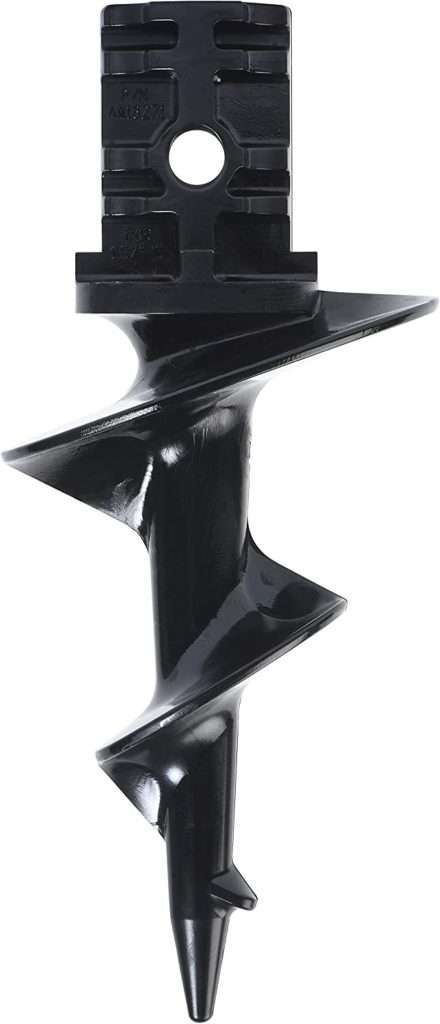
These anchors employ a helical design that rotates into the sand, achieving deep penetration and stable anchorage. Their rotational insertion minimizes displacement of the surrounding sediment, resulting in a secure and steady hold ideal for a relaxing beach stay.
Spike
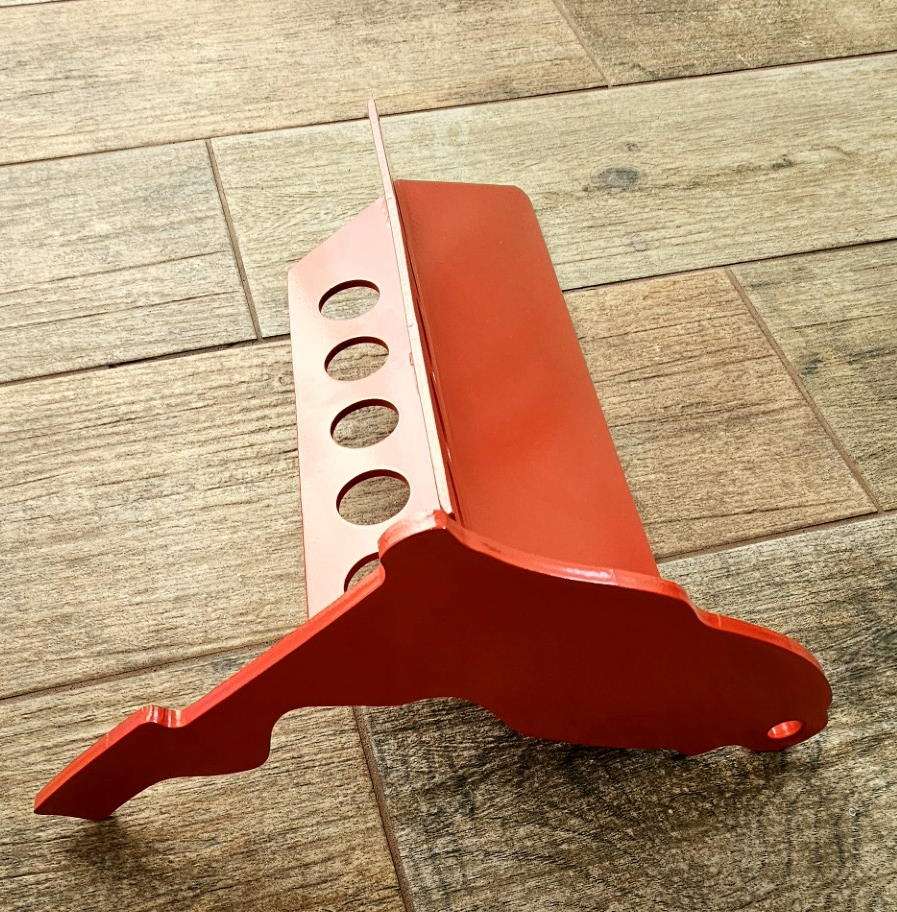
Contrasting the rotational design of the auger/screw anchors, spike anchors feature a linear structure meant for vertical insertion. Leveraging the sand’s compacting force around the spike, they create a firm and reliable hold that ensures your watercraft remains securely positioned, even under different beach conditions.
other considerations for shallow water
Bungee dock LINE
In areas with wave action, consider using a bungee dock line to connect your jet ski to the sand anchor. The elasticity of the bungee line allows for some give when waves hit, reducing strain on the anchor and increasing the overall security of your setup.
Tide Changes
Always be mindful of the tidal conditions. A depth that suffices for anchoring at high tide could leave your jet ski grounded as the tide recedes. Regularly checking your surroundings and adjusting your anchor as necessary ensures a hassle-free anchoring experience.
Summary
To savor all that Bimini has to offer from your jet ski, you should equip yourself with both shallow and deep water anchors. Mastering the art of anchoring in Bimini’s unique landscapes ensures a secure berth for your vessel, wherever you choose to explore. Armed with the right equipment and knowledge, you’ll be ready to handle any anchoring scenario, boosting the safety and enjoyment of your trip.
For more information on the Florida logo sand anchor, check out Shorlock Marine.
For a full list of recommended equipment, visit our FAQ page.
For other helpful articles, browse our Articles section.

